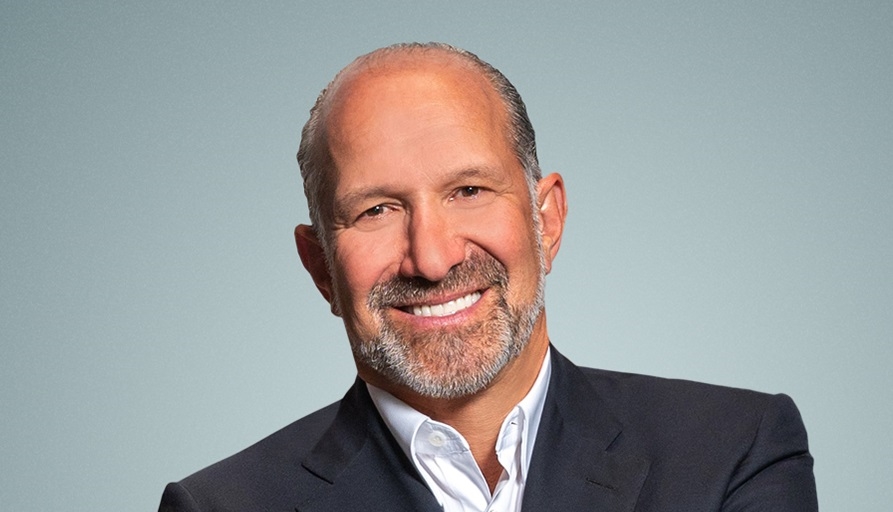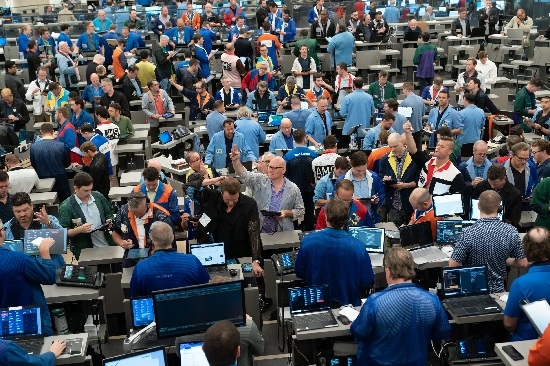Eurex lays out 'differentiated' European rates market

This blog is based on a conversation with Lee Bartholomew, global head of fixed income and currencies product design at Eurex:
In terms of the risk-free rate (RFR) landscape, Europe at the moment is the standout differentiated market relative to the other G3 currencies. Sterling and dollars have gone down a cessation of Libor and focussed purely on the new RFRs - SOFR and SONIA. Europe has yet to make that transition in the same definitive way. There has been no cessation date set for Euribor therefore what we have seen play out is an acceptance that the two markets will coexist. From a factual perspective, one rate has a credit component and one does not, so they are effectively two different rates.
What that means is that the euro short-term rate (ESTR) rate has become a tool for positioning around European Central Bank (ECB) rate decisions as attention has shifted to policy moves and that has helped to drive the buildup of liquidity in that market. Those fundamental drivers have also played out in other asset classes – within equity markets and total return swaps (TRS) you have ESTR embedded within the instruments so there is a natural hedge exposure for equity derivative holders. Then you have repo desks and relative value (RV) funds that now utilise ESTR curves, so there is natural flow coming in from those desks in terms of takers and supply. As they look to hedge stub risk, they want to use a combination of over-the-counter and listed products from a cost management perspective and I think that is what is attractive to other exchanges looking to enter this market. On top of that, another dimension is that cross currency desks were early movers in deriving markets from an ESTR curve. Swaps, by contrast, are still largely based off Euribor, so there is that hybrid environment.
Since we made tweaks to our incentive programs in April, ESTR open interest has been increasing. While there are three exchanges competing, there is now some separation visible in terms of both volume and open interest as 2024. What has been encouraging from our perspective is that the taker volumes are picking up. Bank and end client engagement is accelerating, and that has helped the focus move away from the spread trading that was prevalent initially. We still see us consistently trading around half of the volume in terms of market share, and we are now above 25% of the open interest.
The other positive milestone is the improvement in concentration in the order book as well, and that is observable across both our ESTR and Euribor liquidity pools. Order book depth is now concentrated among the best five price levels, and we will continue to see a stronger price picture evolve at Eurex in both products over time. In Euribor specifically we have stabilised the market share numbers to generate that consistently we were looking for, and the open interest is on the right trajectory.
Our strategy can be defined as becoming the incumbent exchange for euro-denominated derivatives to our global client franchise. What that means in practice is leveraging our strength in long term interest rate futures (including European government bond futures) and a natural extension into the short-term markets (being ESTR and Euribor). There is not an incumbent in ESTR at the moment, therefore it’s a viable opportunity for us to establish ourselves in that space. Should the regulatory tailwind and landscape add to that with a cessation event, that will then reinforce our value proposition around that front end rates complex.
An additional component in FX is that we are heavily focused on building out our euro-denominated crosses. Looked at as a whole, that links across the areas that both our sell side and non-bank clients are interested in – interpretability of product offered and an alignment with their risk management needs. That is what we are thinking about when we develop our access models in our existing repo and interest rate swap markets. What that does is create a full value proposition – the ability to develop a comprehensive and holistic suite of products and services that maximises the benefits of margin optimisation, interpretability, workflow optimisation, margin and risk compression.
For us as an exchange, this focus on the euro-denominated market is a natural evolution of the legacy we have built in these markets, but very much sits within a wider trend across geographies in the rates market. With the growth of passive investing in the buyside cost, margin and collateral dynamics have become prevalent. In order to create a healthy ecosystem you need diversity of participants and margin, collateral and liquidity are all important to different client segments in different ways. In order to service those needs, we still need to be relevant across global derivative markets that are driving growth trends.
Sign up to the Virtual Focus Day to learn about the evolution of the European short-term interest rate market – Register here
Found this useful?
Take a complimentary trial of the FOW Marketing Intelligence Platform – the comprehensive source of news and analysis across the buy- and sell- side.
Gain access to:
- A single source of in-depth news, insight and analysis across Asset Management, Securities Finance, Custody, Fund Services and Derivatives
- Our interactive database, optimized to enable you to summarise data and build graphs outlining market activity
- Exclusive whitepapers, supplements and industry analysis curated and published by Futures & Options World
- Breaking news, daily and weekly alerts on the markets most relevant to you



